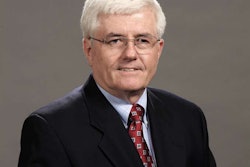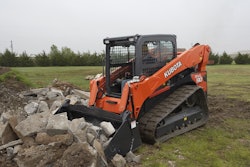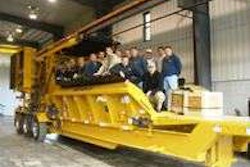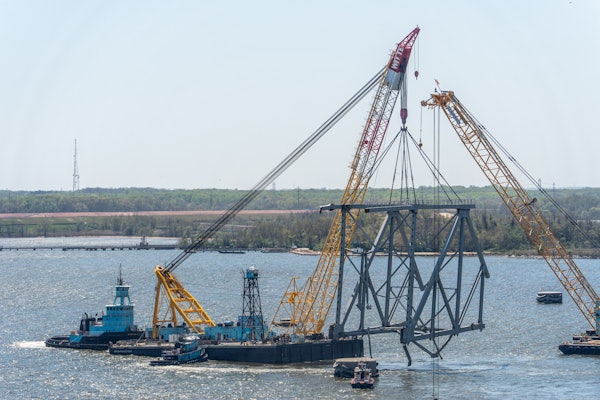Revolutionary, Bridge Builder
By John Latta
 by John Latta, Editor-in-Chief, [email protected]
by John Latta, Editor-in-Chief, [email protected]
Thomas Paine, in the bitter cold of December 1776, wrote that, “These are the times that try men’s souls.”
Seriously worried, like most ‘Americans,’ that the revolution was falling apart as the British pressed retreating American troops south towards the capital Philadelphia, he produced an inspirational eight-page pamphlet that began with those words. Two days later, George Washington’s raggedy American troops, who had been read the pamphlet, launched an unlikely and perilously difficult counter attack and captured Trenton, changing the course of the revolution. The victory, and the pamphlet, which was widely read and cheered across the new country, revitalized the American spirit.
But Paine, whose pamphlet Common Sense helped inspire the launching of the revolution itself, was not only a writer of revolutionary tracts. He was a designer of radical bridges. His most essential idea, triggered by seeing the ice flows of American rivers, was that a bridge with piers would always be endangered by ice, and the answer was a span without piers.
After the revolution, Paine was somewhat idle. Intrigued by bridges, he designed a super wooden bridge to cross the Harlem River in New York. The plan failed. Paine decided to break new ground and designed an iron bridge for the Schuylkill River in Philadelphia, and built a model. But he was ahead of his time and thwarted by politics, uncertain financiers, an unreliable American iron industry and his own in-your-face personality. Iron bridges in America were still half a century away. So he took his iron bridge model to Paris.
Stuck in a debate about whether Paine’s bridge or one of French design would better in the capital, despite some support from the then American Minister in Paris, Thomas Jefferson, Paine also pushed his iron bridge idea back in his native England, where a single iron bridge already existed, securing a patent for it in August 1788. He erected what was essentially an unnecessary, public relations iron bridge, in London. It was praised but it had its flaws and, again, politics and skittish financiers left it high and dry. There is every reason to believe that Paine’s bridge design was used by others to create better bridges in England and France, but, fair is fair and Paine had ‘borrowed’ some French designers’ ideas for his English bridge. Politics, in both England and France, soon took Paine out of the bridge industry.
Paine, like his fellow founders, was bold and daring, thoughtful and, being himself, reckless. But if we share Paine’s American dream then we, too, must be able to look at these times that try men’s souls and say, as he did, we will never cease to believe in America. Bridges, Paine would say, are a way to bring men together in pursuit of their future. v












